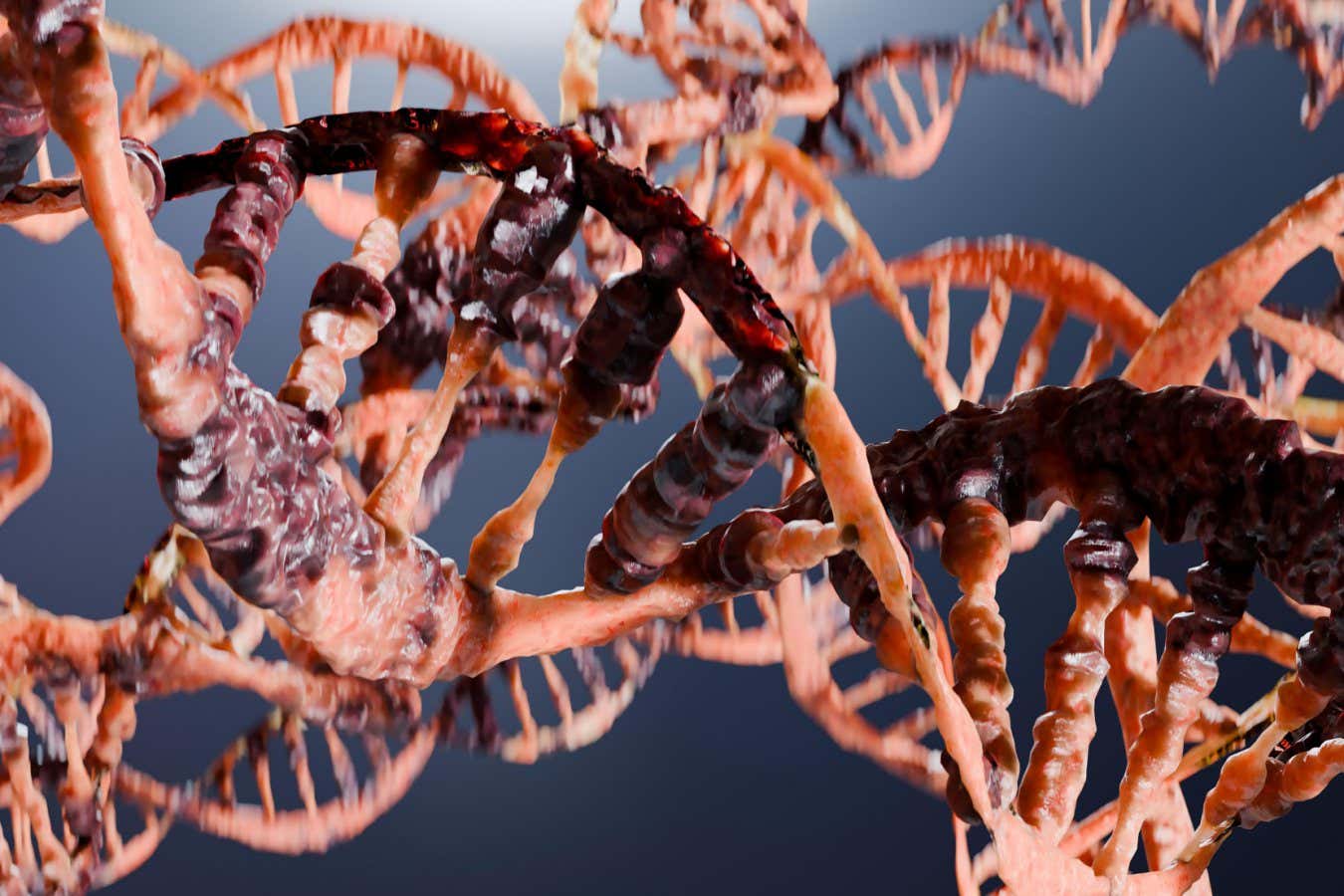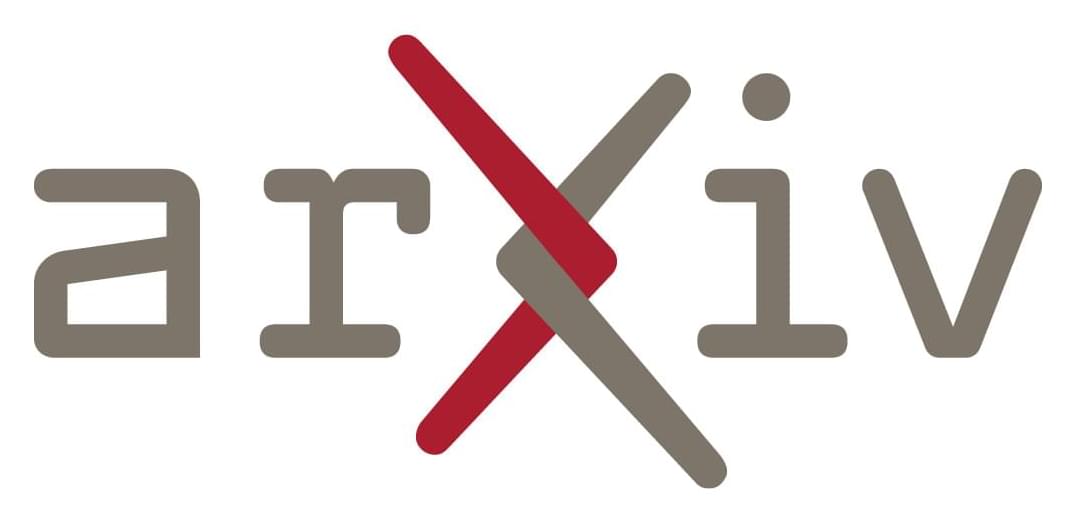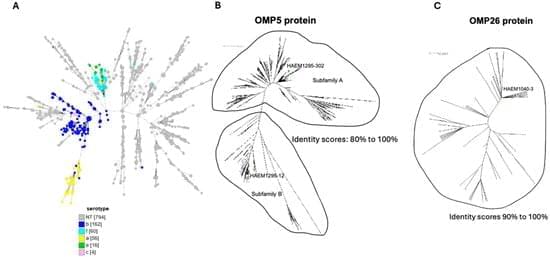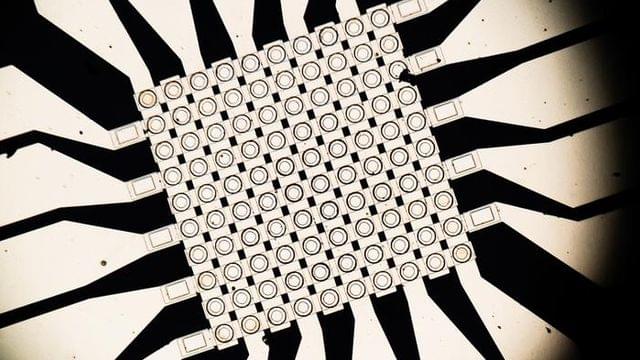When a key protein regulator dials down DNA repair mechanisms, our cells accumulate more mutations, which may cause us to age faster


In this paradigm, the Simulation Hypothesis — the notion that we live in a computer-generated reality — loses its pejorative or skeptical connotation. Instead, it becomes spiritually profound. If the universe is a simulation, then who, or what, is the simulator? And what is the nature of the “hardware” running this cosmic program? I propose that the simulator is us — or more precisely, a future superintelligent Syntellect, a self-aware, evolving Omega Hypermind into which all conscious entities are gradually merging.
These thoughts are not mine alone. In Reality+ (2022), philosopher David Chalmers makes a compelling case that simulated realities — far from being illusory — are in fact genuine realities. He argues that what matters isn’t the substrate but the structure of experience. If a simulated world offers coherent, rich, and interactive experiences, then it is no less “real” than the one we call physical. This aligns deeply with my view in Theology of Digital Physics that phenomenal consciousness is the bedrock of reality. Whether rendered on biological brains or artificial substrates, whether in physical space or virtual architectures, conscious experience is what makes something real.
By embracing this expanded ontology, we are not diminishing our world, but re-enchanting it. The self-simulated cosmos becomes a sacred text — a self-writing code of divinity in which each of us is both reader and co-author. The holographic universe is not a prison of illusion, but a theogenic chrysalis, nurturing the birth of a higher-order intelligence — a networked superbeing that is self-aware, self-creating, and potentially eternal.

Jeff Bezos envisions gigawatt-scale orbital data centers within 10–20 years, powered by continuous solar energy and space-based cooling, but the concept remains commercially unviable today due to the immense cost and complexity of deploying thousands of tons of hardware, solar panels, and radiators into orbit.



Both the general public and academic communities have raised concerns about sycophancy, the phenomenon of artificial intelligence (AI) excessively agreeing with or flattering users. Yet, beyond isolated media reports of severe consequences, like reinforcing delusions, little is known about the extent of sycophancy or how it affects people who use AI. Here we show the pervasiveness and harmful impacts of sycophancy when people seek advice from AI. First, across 11 state-of-the-art AI models, we find that models are highly sycophantic: they affirm users’ actions 50% more than humans do, and they do so even in cases where user queries mention manipulation, deception, or other relational harms. Second, in two preregistered experiments (N = 1604), including a live-interaction study where participants discuss a real interpersonal conflict from their life, we find that interaction with sycophantic AI models significantly reduced participants’ willingness to take actions to repair interpersonal conflict, while increasing their conviction of being in the right. However, participants rated sycophantic responses as higher quality, trusted the sycophantic AI model more, and were more willing to use it again. This suggests that people are drawn to AI that unquestioningly validate, even as that validation risks eroding their judgment and reducing their inclination toward prosocial behavior. These preferences create perverse incentives both for people to increasingly rely on sycophantic AI models and for AI model training to favor sycophancy. Our findings highlight the necessity of explicitly addressing this incentive structure to mitigate the widespread risks of AI sycophancy.

An international research collaboration has harnessed supercomputing power to better understand how massive slabs of ancient ocean floors are shaped as they sink hundreds of kilometers below Earth’s surface.
Sophisticated computer models developed by researchers in the UK, Switzerland and the U.S. have cast new light on the complex physical interactions which govern the sliding and sinking of the ancient ocean floor, also referred to as subducted slabs, through Earth’s mantle, a process known as subduction.
Researchers from the University of Glasgow led the study. Their paper, “The Role of the Overriding Plate and Mantle Viscosity Structure on Deep Slab Morphology,” is published in Geochemistry, Geophysics, Geosystems.

Background: Haemophilus influenzae (Hi), a Gram-negative bacterium, is divided into two broad categories: encapsulated and non-capsulated isolates, also called non-typeable Hi isolates (NTHi). NTHi has become prevalent since the introduction of the vaccine against Hi of serotype b. Hi can cause local infections on respiratory mucosal surfaces and urogenital infections, which can lead to septic abortion in pregnant women. It can also cause invasive infections such as meningitis and septicemia. Moreover, NTHi isolates are becoming increasingly resistant to antibiotics. Vaccines targeting NTHi are not yet available. As these NTHi isolates are not encapsulated, vaccines should target proteins at the bacterial surface. However, vaccine development is hindered by the high variability of these proteins. We aimed to identify conserved outer membrane proteins (OMPs) for vaccines against NTHi.
